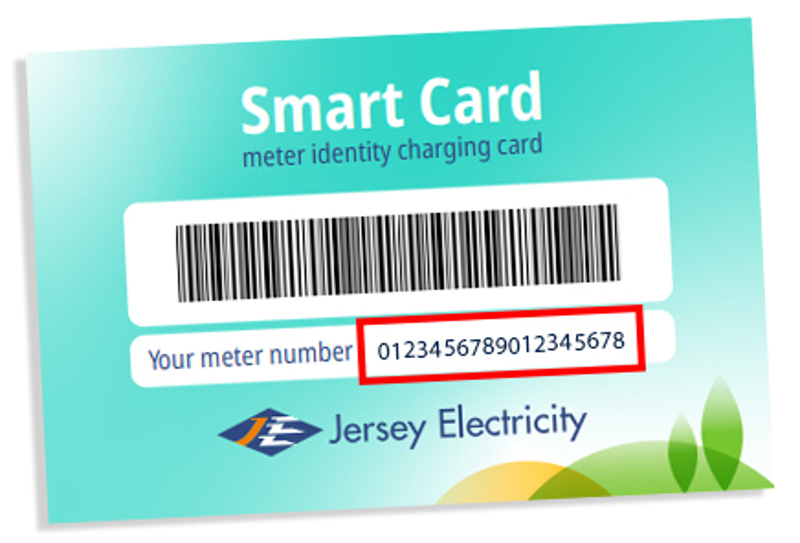Ensuring security of supply is one of Jersey Electricity’s core objectives. To achieve this, we focus heavily on ensuring our infrastructure is securely designed and well maintained as well as putting in place plans to restore power when equipment does fail. We have invested tens of millions of pounds in infrastructure to ensure supply security.
Major power failures are rare in Jersey. At time of writing we have suffered only five Island-wide outages in ten years. But no power provider can absolutely guarantee 100% security all of the time. Electrical components do fail from time to time. And even if provision is made to cover such events, a finite time is required to switch systems to cover the loss. It is therefore imperative that businesses, large and small, take steps to help minimise the effect a power outage would have on operations.
We recommend you conduct your own risk and business continuity assessments of all processes to ascertain the consequences of a loss of electrical supply. This assessment can only be done by the business consuming the power, since only it can know how the electricity is being used and the full consequences of a power cut to its customers. The impact of such a loss in a high-rise building with elevators, for example, is very different than for those working in a single-story retail establishment.
What you need to do
Establish a business continuity plan that includes responses to power outages with key employees, considering the impact of service disruption to health and safety, customer services and the business processes.
- Determine the processes and equipment that would be affected by an outage such as computers, security / alarm systems, elevators, lighting, heating, ventilation and any specialist equipment that may be unique to your business.
- Define roles and responsibilities and make sure everyone is trained on what to do in an emergency.
- Ensure facility safety/evacuation procedures are clear and regularly tested. If doors are electrically powered, for example, ensure they can be opened manually.
- Review and test the plan regularly.
- Maintain an inventory of equipment. Identify critical equipment and determine what needs to be turned off during an outage.
- Locate your electrical supply panels and know how to shut-off equipment power switches.
- Make sure mobile devices are fully-charged at all times. Small, mobile battery packs can be purchased to provide extra power.
- Consider a back-up power source such as a portable generator or Uninterrupted Power Supply (UPS) for equipment serving critical business processes or for sensitive equipment requiring a controlled shutdown
- If you have an emergency lighting system, make sure it is tested and in working order.
- Contact your customers and suppliers and share your plans with them in advance as appropriate.
- Set up an off-site meeting location in case you have to evacuate.
Install back-up power - generators. Many businesses have their own back-up generators that will kick in in the event of a power outage and keep their business running smoothly. If you do install a back-up generator:
- Always follow the manufacturer's instructions.
- Only use generators in well-ventilated areas and always operate it outside. Petrol powered generators produce carbon monoxide and the fumes can be deadly. Ensure that fuel tanks are regularly checked and filled. Ensure you have arrangements for sourcing fuel.
- Connect equipment directly into the generator using heavy-duty, properly grounded extension cords. Make sure extension cords are not frayed or worn.
- Never connect a generator to your building's wiring. Improperly connected generators can feed electricity back into the system, endangering the lives of workers trying to restore power.
Install back-up power – batteries. Some businesses could purchase an Uninterruptable Power Supply device (UPS). This is a device (or bank of devices or ‘cells’) that lets you work through short power cuts and will shut down your computer equipment safety minimising risk of loss of data. A UPS contains a battery that automatically takes over when the device senses a loss of primary power, giving you time to save your work and shut down your computer in a timely ordering manner before the battery runs out.
- Test your back-up battery systems, emergency lighting, phone, security and fire protection systems regularly.
- Ensure that the sizing of your back-up facilities is reviewed regularly to accommodate changes to any expansion of your business or internal electrical reconfiguration.
- Review the required shutdown/restart times of all equipment. Determine how such timing can be accommodated in relation to power outages or interruptions.
- Unplug or turn off all electrical equipment to protect it as power is restored.
- Have at least one phone that operates without a switchboard or other system that requires power. A simple single line or a dedicated emergency cell phone (kept charged) can make the difference.
- Train staff in the use of back-up equipment and ensure regular planned preventative maintenance and repair arrangements are in place.
After a power outage
- Turn on the most essential equipment first.
- Wait 10-15 minutes before reconnecting other equipment, to avoid overloading the electrical system.
- Give the system time to stabilise.
- Check to make sure everyone is safe and equipment is operating correctly.
- Review your preparedness plan to determine what worked and what can be improved.
You can obtain the latest information on a power outage by following Jersey Electricity on Twitter @electricjersey






